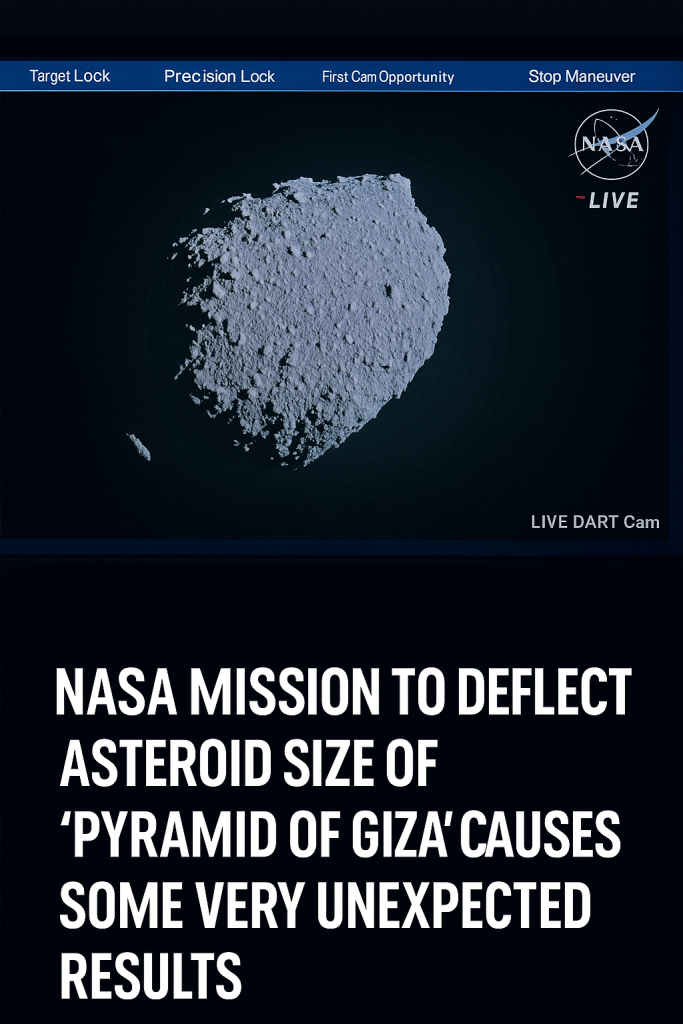In a landmark achievement for planetary defense, NASA’s Double Asteroid Redirection Test (DART) mission successfully smashed its spacecraft into a distant asteroid, demonstrating humanity’s first attempt to alter the trajectory of a space object that could potentially threaten Earth.
The target was a small moonlet named Dimorphos, which orbits a larger asteroid called Didymos. Measuring roughly the size of a pyramid, Dimorphos presented an ideal test subject for this unprecedented mission designed to validate the technique of kinetic impactor deflection.
Precision at the Heart of the Mission
Launching months earlier, the DART spacecraft was guided through space with extraordinary accuracy. Using an autonomous navigation system dubbed TargetLock Precision Lock, the spacecraft independently identified and locked onto Dimorphos in the final hours of approach. This real-time targeting was vital for ensuring that the collision would occur at the precise moment and location necessary to change the asteroid’s speed and orbit.
The impact was monitored live by NASA’s ground control and mission teams, as well as through onboard cameras transmitting footage from the collision in real time. This critical data allows scientists to analyze the aftermath and better understand how much kinetic force was transferred from the spacecraft to the asteroid.
A Giant Leap for Planetary Defense
This mission marks humanity’s first practical test of a method to potentially prevent catastrophic impacts from hazardous asteroids in the future. By slightly altering the orbit of Dimorphos around Didymos, NASA hopes to demonstrate that a similar technique could be used to deflect larger, threatening bodies away from Earth.
Experts emphasize that the size of Dimorphos—comparable in scale to the iconic pyramids of Egypt—makes this a compelling simulation. The success of DART could pave the way for full-scale planetary defense strategies, safeguarding Earth against asteroids and comets with less warning time.
Next Steps and Ongoing Analysis
Following the high-impact collision, NASA and its partners will undertake months, if not years, of observation to measure the exact changes in Dimorphos’ orbit around Didymos. Ground-based telescopes and spacecraft data will be combined to assess the mission’s effectiveness.
With the DART mission’s success, the scientific community has taken a major stride toward developing reliable defense mechanisms against potential space threats. It also underscores the importance of continuous monitoring and readiness in space exploration and planetary security.
In the words of mission leaders, today’s dynamic impact exemplifies not just a technological victory but the dawn of a new era in protecting our planet from cosmic hazards.
As humanity increasingly eyes the stars, the DART mission sets an inspiring precedent: when necessary, we can reach across millions of miles of space to defend our home.



